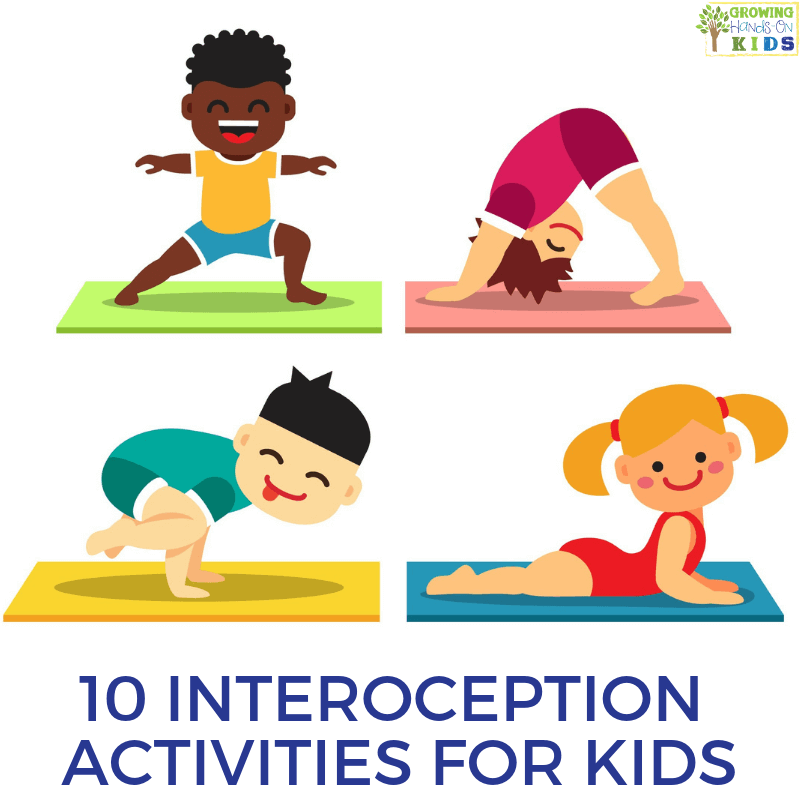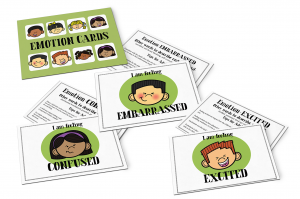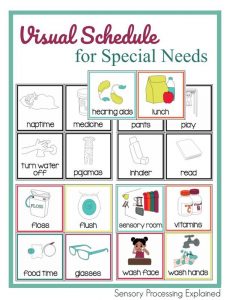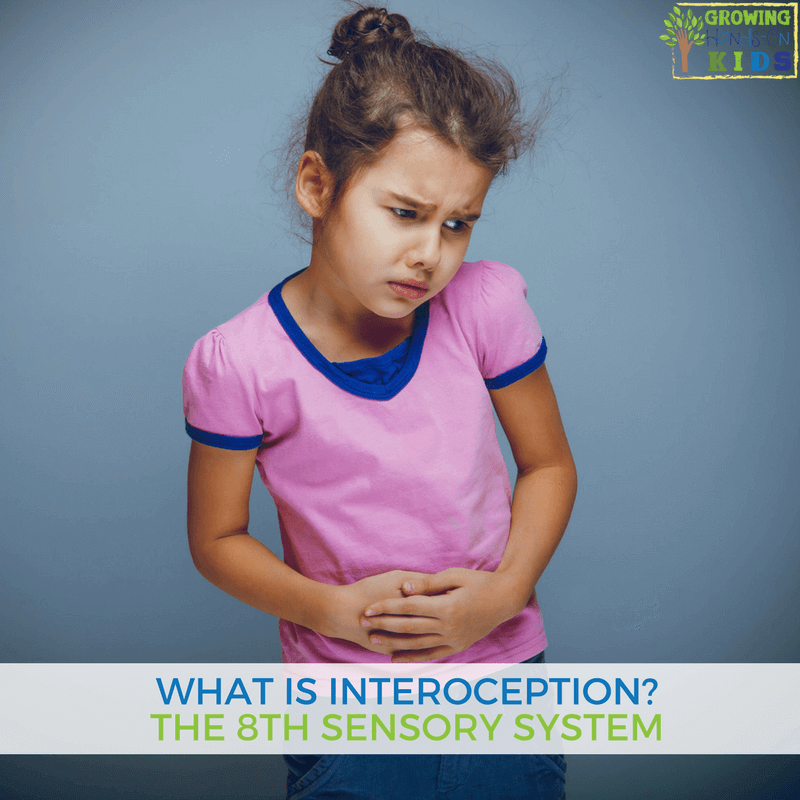10 Interoception Activities and Strategies for Kids
Affiliate and Referral links are used below to promote products I love and recommend. I receive a commission on any purchases made through these links. Please see my disclosure policy for more details. As an Amazon Associate, I earn from qualifying purchases.
As we learn more about sensory processing, interoception is a term that is just beginning to surface in the therapy world. Interoception is the eighth sensory system and may have a huge impact on the kids we work with. Today I wanted to share some ideas on how we can support this fairly new-to-us sensory system.
What is Interoception?
Before we talk about activity ideas, we need to cover exactly what interoception is. I wrote a detailed post on interoception here, but here is the cliff-notes version.
Interoception is responsible for understanding and feeling what is going on inside our bodies. Sensations such as hunger, thirst, bathroom needs, heart rate, breathing rate, temperature, and emotional regulation are all part of this system.
10 Interoception Activities for Kids
There is not a lot of information out there about interoception activities because much more research needs to be done to understand this sensory system.
The easiest way to help with interoception and figure out what areas your child struggles with, such as emotional regulation, and address those difficulties with proven strategies.
Here are 10 general activity ideas that will hit on some major problem areas with interoception.
1 || YOGA
Yoga's focus on listening to your body and providing good vestibular and proprioceptive input is helpful for interoception. It encourages children to slow down, pay attention to the present, and how their body is feeling.
My favorite yoga resources are Cosmic Kids Yoga on YouTube and Kids' Yoga Stories.
2 || MINDFULNESS
Mindfulness itself is not something new, but it is new from an educational benefit standpoint. With the increase of student anxiety and stress, mindfulness activities can be beneficial.
Here are some suggestions for how to find and use mindfulness in your home or classroom.
10 Mindfulness Activities on YouTube – The OT Toolbox
Mindfulness Activities – Kids Yoga Stories
3 || EMOTION MATCHING GAME
Have your child or student look through a magazine or print out a variety of pictures and clip-art for common emotions. Have your child match the emotions to the picture. Continue by talking about how they might feel physically and mentally with each emotion.
My emotion cards can also be helpful for teaching your child about 12 common emotions.
4 || BREATHING EXERCISES
Breathing techniques and exercises are helpful for calming as well as paying attention to what is going on inside our bodies.
I especially like this figure-8 breathing activity.
In Sensory Processing Explained, we talk about the smelling a flower (for breathing in) and blowing out the candle (for breathing out).
5 || SOCIAL STORIES
Social stories are a great way to talk about concepts that may be hard for a child to grasp, understand, or remember. This would be particularly helpful for toilet training, temperature regulation, and feeling hungry or thirsty.
There is a specific protocol that needs to be followed in order for it to be a true social story. I would suggest looking at the website Carol Gray Social Stories for more information.
My friend Dyan also has a post on social stories for toileting/potty training which would be helpful.
6 || TEMPERATURE ACTIVITIES
Children who struggle with interoception input often have difficulty with temperature regulation. They may not realize they need a coat outside in the cold because they just don't feel cold. Or the slightest temperature change may cause negative behaviors and physical responses.
You can talk about temperature using hot vs. cold activities and social stories for when it is appropriate to wear a coat.
Exploring Hot & Cold – This activity is technically for baby, but I think it could work for many kids no matter the age.
My friend Angela also shows you how to create the four seasons dress up busy bags. This would be a great way to talk about clothes for different seasons and temperatures. You can find her fall, winter, spring, and summer busy bag ideas.
7 || HOW EMOTIONS FEEL
Talking about and tracking how your child feels throughout the day and how different emotions feel physically can also be helpful. I like using this emotions clothespin activity I created.
8 || HEAVY WORK ACTIVITIES
Heavy worth activities involve using the large muscle groups of the body and activate the proprioceptive receptors. Proprioception is responsible for body awareness, which is also a big part of interoception.
I have a list of heavy work activity ideas here.
9 || ALERTING ACTIVITIES
Alerting activities are a great way to talk about heart rate and breathing rate. How do you feel after exercising? Is your heart racing? How do your muscles feel? Are you breathing hard and fast or slow and steady?
Here are some alerting activities that would work well.
10 || VISUAL PROMPTS AND CUES
Providing visual prompts and cues can be very helpful. This includes prompts for using the bathroom, how often to get drinks, when it is time to eat, needing a coat or jacket for outside, etc.
You can use a visual schedule format or just have visual prompt cards around the house or classroom for common tasks or reminders.
Check out our visual schedule for special needs here if you need some visual schedule ideas.
For more information on Interoception, I highly recommend the new book Interoception – How I Feel – Sensing My World from the Inside Out by Cara Koscinski, MOT, OTR/L. She spent 2 years researching for this book and I cannot recommend it enough! It is great for parents, teachers, and therapists.
You can also find more resources below.

Heather Greutman, COTA
Heather Greutman is a Certified Occupational Therapy Assistant with experience in school-based OT services for preschool through high school. She uses her background to share child development tips, tools, and strategies for parents, educators, and therapists. She is the author of many ebooks including The Basics of Fine Motor Skills, and Basics of Pre-Writing Skills, and co-author of Sensory Processing Explained: A Handbook for Parents and Educators.






HI Heather, I hadn’t heard of this 8th sense before but it makes sense ( no pun intended) when I think about the children I teach. It is something that we have always taught in nursery type schooling and to families at home with out really having a name for it….it was part of maturing and development of self but I can see that having a name for it makes one attend to its importance and interoception will be my main learning this year. Thanks for you posts and information.